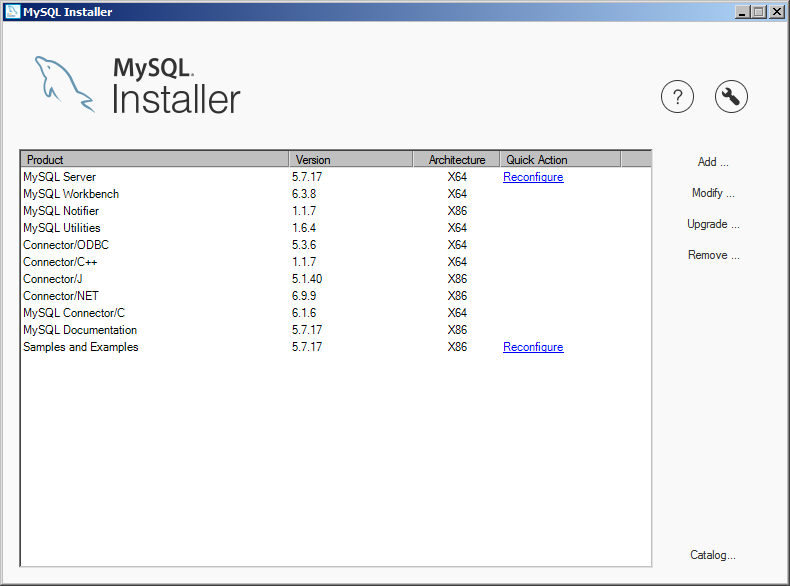
Uninstall mysql workbench install#
Installation of MYSQL PackageĪfter complete uninstallation and removing the configuration file from your system, you may proceed to install MySQL on your Ubuntu/Debian machines. That’s all to uninstall MySQL from Ubuntu. The last step is to clean all the packages that are installed while installing MYSQL in our system because this file is no longer needed: $ apt autoremove Or else, you can delete it by typing the below command in your terminal: $ sudo rm -r /etc/mysql /var/lib/mysql Auto Remove & Clean leftover dependencies To take a backup of the respective directory, pass the below command: $ sudo mv /var/lib/mysql /var/lib/mysql_bk I’m asking you to follow because some of the configuration or log files can be useful for your next installations. If you wish to recover any piece of information in the future, it will be easy for you. I strongly recommend you to rename the directory instead of removing it. Once you complete the above steps, we need to remove residual files which present in /etc and /var/lib/mysql directory. The above command will ensure that whatever type of MySQL you have installed in your system should be removed completely.

To uninstall the MYSQL server, pass the following command: $ sudo apt purge mysql-server mysql-client mysql-common mysql-server-core-* mysql-client-core-* Read more about the list of apt command’s which many users still don’t know. Not only that, but you can also remove the dependencies that were installed.įor that, we have to use the apt-purge command, which will ensure that no dependencies should be left over on your system. After verifying the status, you can remove the MySQL server without any errors.


 0 kommentar(er)
0 kommentar(er)
